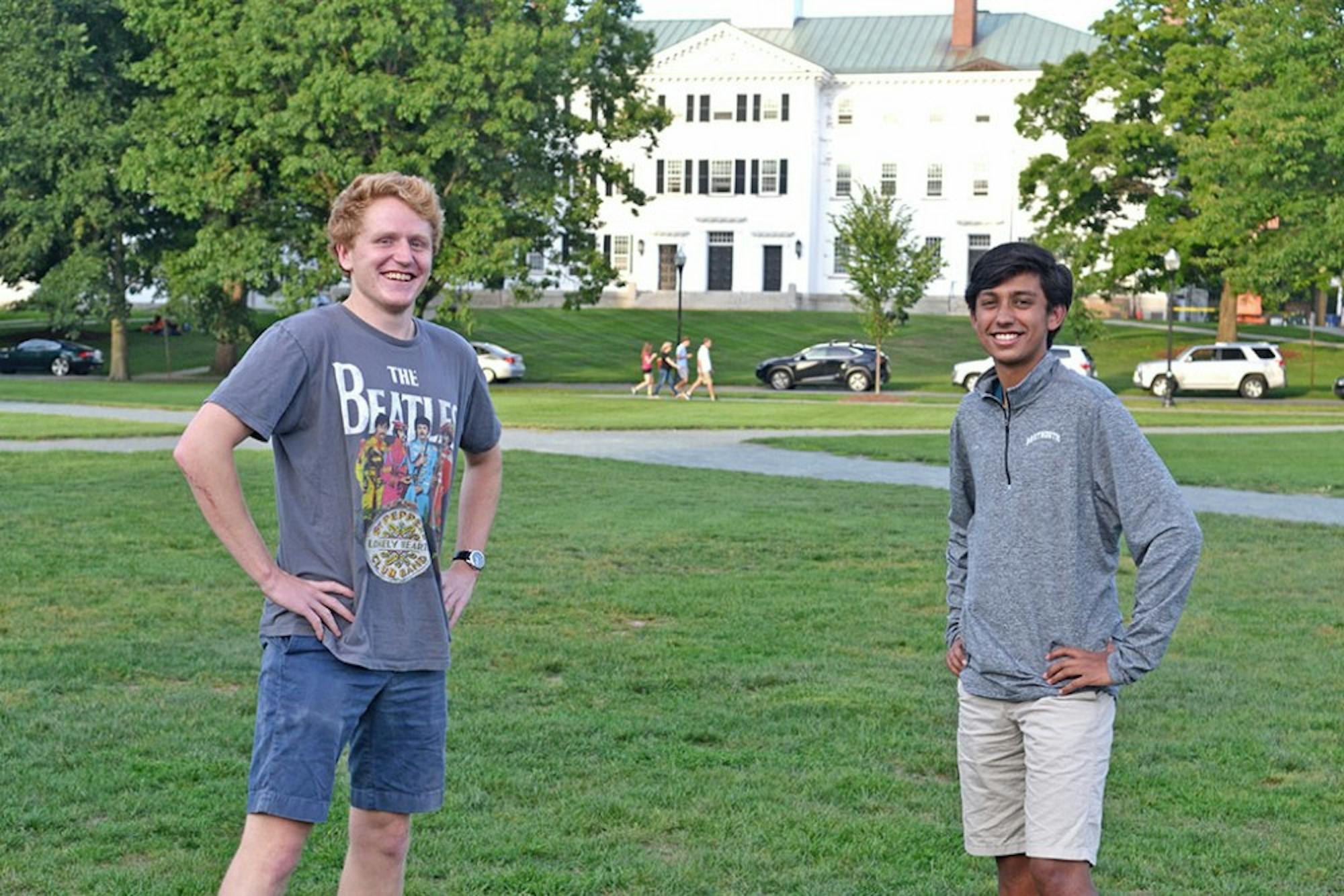Each week Sam and Vikram will tackle a controversial issue in the sports world. Much like the home field rule in baseball, one of the writers will take their stance first (“away”), allowing the other to respond with an argument of their own (“home”). This week they will be debating the merits of the NBA’s policy that requires athletes to be at least one year removed from high school before entering the draft.
Vikram (Away): The current system requiring all NBA draft entrants to be at least one year removed from high school is deeply flawed.
Former commissioner David Stern implemented the first iteration of the policy in 2005, which required all draft entrants to be at least 20 years old, in response to the influx of high school players that were drafted to the league in the late 1990s and early 2000s.
Among these players were transcendent superstars such as Kevin Garnett (1995), Kobe Bryant (1996), Tracy McGrady (1997), Amar’e Stoudemire (2002) and perhaps the most hyped “prep-to-pros” player in history, LeBron James (2003). That said, there were also many marginal talents who tried to capitalize on this trend by NBA front offices.
From commissioner Stern’s perspective, these players came to the league as immature teenagers who eroded the NBA brand.
In the 2011 collective bargaining agreement, the NBA and its players’ association agreed to re-write the rule in a way that essentially mandated players to spend at least one year playing college basketball. This rule has led to several “one-and-done” talents such as Kyrie Irving, who simply go to college as a required stepping stone to the NBA.
An unforeseen consequence of this rule was that some players, like top player turned Italian basketball star Brandon Jennings, decided to simply play internationally instead of going to college.
This policy has had lasting deleterious effects on both the college and professional games. As far as college basketball is concerned, the radical talent depletion that is seen year in and year out has led to teams basically having to start from scratch each year. This has led to less cohesion for each team and a salient uptick in “one on one” basketball.
Additionally, by implementing the rule the NBA hoped it would be getting more mature and technically honed players coming into the league via the draft. The intentions make sense on paper but the execution was misguided.
The players who would normally enter the draft right from high school for the most part barely take classes and play 30 some odd games before leaving their colleges. That is not nearly enough time to radically mature as a person or to significantly improve different facets of your game.
Sam (Home): Not going to lie, I really drew the short end of the proverbial stick on this one. This rule is near indefensible — but here it goes. First, any criticism of a rule like this should logically be accompanied by the suggestion of an alternative.
This could be taken in two directions: either allowing players to declare for the draft directly out of high school, or upping the requirement to two or even three years (see the NFL).
The former would be seen by many as opening the door for those “marginal talents” Vikram mentioned to skip college when they could have benefited from it and the latter would appear overly stringent, as two or three years of playing for free is a significant opportunity cost for players that could otherwise be making millions.
Thus, the current one-year statute can be seen as a sort of compromise between two undesirable alternatives, one that emphasizes education at least nominally while allowing those elite talents to cash in while they are still only 19 or 20 years old.
Second, I’d like to pose the question of what is truly problematic: the “one-and-done” rule itself, or the options available for an athlete coming out of high school with NBA aspirations. While players occasionally take the overseas route, for most the rule boils down to a one-year college requirement.
If players are attending college with no intention of graduating, then certainly any claims of this rule representing the NBA’s commitment to education are dubious at best.
So why make a player like Ben Simmons, who despite being the most dominant player in the nation last season at Louisiana State University was ineligible for the Wooden Award, an award given to outstanding college basketball players, due to his GPA falling below a 2.0, pretend to be a “student-athlete” for a year?
One solution could be the creation of a high-level “junior” or minor-league system. Any sports aficionados out there might be quick to point out that what I am suggesting essentially exists in hockey and you are not wrong — in fact, I wouldn’t bank on this being the last time I fall back on this approach. But this proposed system could just as easily draw inspiration from the depth and legitimacy of baseball’s minor leagues.
Despite the vastly different draft process, basketball could benefit from a competitive and marketable lower tier (sorry D League, you are none of the above).
Who wouldn’t enjoy watching Simmons and Ingram face off, especially knowing that the two were being paid at least a small salary as they prepare to make the jump to the NBA?
Then, at least in theory, the players competing in college will have made a conscious choice to pursue education and athletics simultaneously and college teams could worry less about having to rebuild their rosters annually.
The NBA’s policy is by no means perfect, but it represents a logical compromise. And maybe, just maybe, the onus is on us — the fans and players — to adapt.




